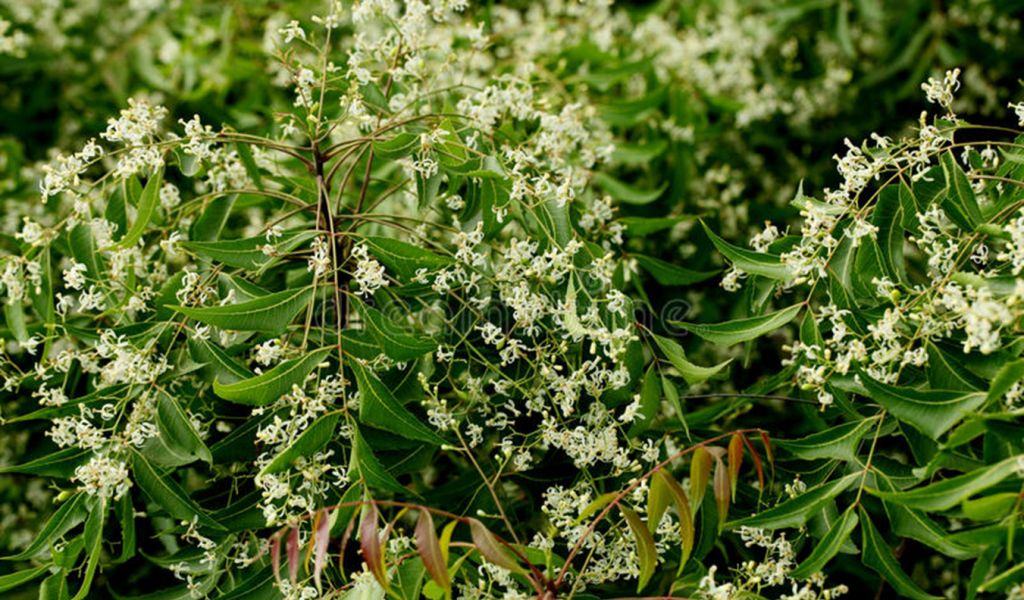ຜັກກະເດົາ / Margosa Tree
APA 6th ed. ຜັກກະເດົາ / Margosa Tree. (2021, September 7). Retrieved from https://www.phakhaolao.la/kb/0000003
MLA 8th ed. ຜັກກະເດົາ / Margosa Tree. Pha Khao Lao, 7 September 2021, https://www.phakhaolao.la/kb/0000003.
Chicago 17th ed. Pha Khao Lao. 2021. "ຜັກກະເດົາ / Margosa Tree." Published September 7, 2021. https://www.phakhaolao.la/kb/0000003.

Antelaea canescens Cels ex Heynh.
Antelaea javanica Gaertn.
Azadirachta indica subsp. vartakii Kothari, Londhe & N.P.Singh
Melia azadirachta L.
Melia fraxinifolia Salisb.
Melia hasskarlii K.Koch
Melia indica (A.Juss.) Brandis
Melia japonica Hassk.
Melia parviflora Moon
Melia pinnata Stokes
Thai: khwinin, sadao, saliam, kadao, cha tang
Vietnamese: sau dau, cot anh, xoan dao
Burmese: tamarkha, thinboro, tamar
Cambodian: sdau, salien
Chinese: gan lian shu
English: neem, nim, Indian lilac, margosa tree, white cedar, cornucopia
Phak Kadao is a medium-sized tree with a short and straight bole. The stem branches upwards at 2-5 m to form a broad, dense, round or oval crown. The total height of the tree is 15-25 m with a DBH of up to 1 m. It has a thick, roughly cracked bark. Leaves are compound, up to 24 cm long, with six or seven paired, toothed leaflets measuring 6-8 x 2-3 cm. Young leaves have a reddish colour. Trees produce many inflorescences of clustered white and fragrant flowers, each 5-6 mm long. They start after three to five years and become fully productive at 10-12 years. The fruit is a drupe, with one stone and a juicy pulp. Seeds cannot be stored and should be planted as soon as possible.
This tree is believed to be endemic to Myanmar and India, and is supposed to cure 1,000 diseases. Phak Kadao is valued in Laos mainly for its flowers and bitter young leaf shoots, which are eaten with Laap, a favourite Lao dish. The fruit is sweet and edible, while the leaves and seeds contain an oil used as an insecticide and pesticide, and also have anti-diabetic properties. The oil in the leaves prevents around 300 insect species from defoliating crops, without affecting beneficial pollinating insects like honeybees. After some processing it is used in the production of soap, toothpaste, lubricants and cosmetics. The bark contains tannins, fibres for rope making and resin to make glue. The bark is also medicinally used, as an anti-malarial, while the leaves go into mulch and green manure, and are sometimes given to cattle as fodder. Mixed in water with Kheua Khao ho (Tinospora crispa), it is used to prevent poultry diseases.
